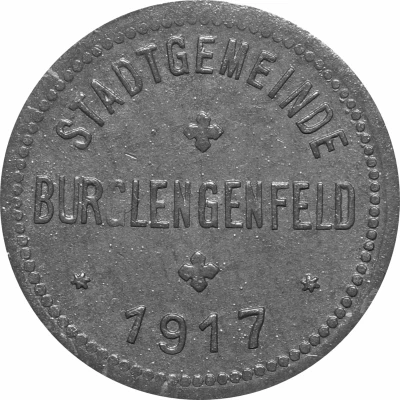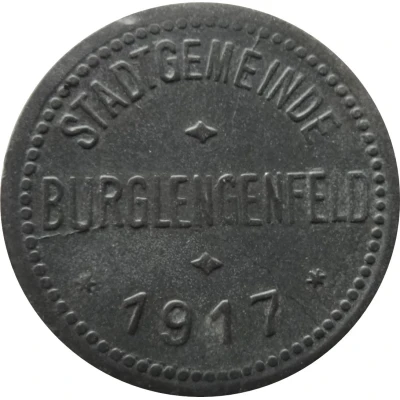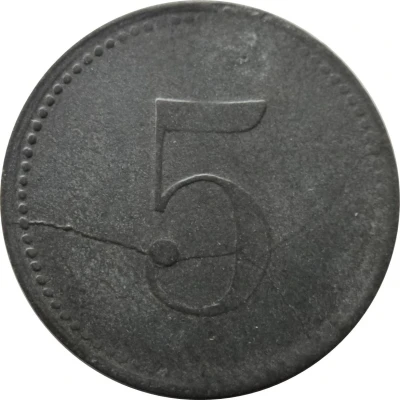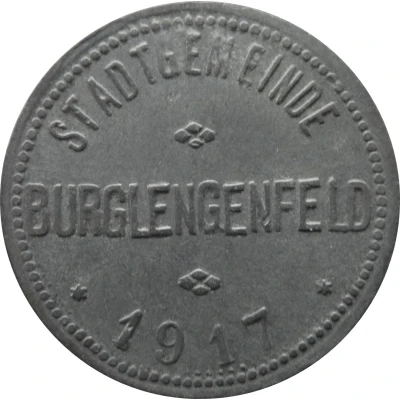


10 Pfennigs - Burglengenfeld
1917 year| Zinc | 1.7 g | 20.0 mm |
| Issuer | City of Burglengenfeld (Federal state of Bavaria) |
|---|---|
| Emperor | William II (Wilhelm II) (1888-1918) |
| Type | Standard circulation coin |
| Year | 1917 |
| Value | 10 Pfennigs (10 Pfennige) (0.10) |
| Currency | Mark (1914-1924) |
| Composition | Zinc |
| Weight | 1.7 g |
| Diameter | 20.0 mm |
| Thickness | 0.9 mm |
| Shape | Round |
| Technique | Milled |
| Orientation | Medal alignment ↑↑ |
| Demonetized | Yes |
| Updated | 2024-10-04 |
| Numista | N#299442 |
|---|---|
| Rarity index | 91% |
Reverse
Pearl rim, with denomination centered
Script: Latin
Lettering: 10
Edge
Plain
Interesting fact
The 10 Pfennigs - Burglengenfeld 1917 coin was minted during a time of economic turmoil in Germany, known as the "Inflationary Period" (1914-1923). During this time, the value of the German mark (the national currency) plummeted, and prices for everyday goods skyrocketed. As a result, many Germans turned to alternative forms of currency, such as local coins like the 10 Pfennigs - Burglengenfeld 1917, which were issued by cities and towns across the country. Despite being made of zinc, a relatively inexpensive metal, these coins were highly valued by the people of Burglengenfeld and surrounding areas, as they were seen as a more stable store of value than the rapidly depreciating national currency.



